The rest of the blog
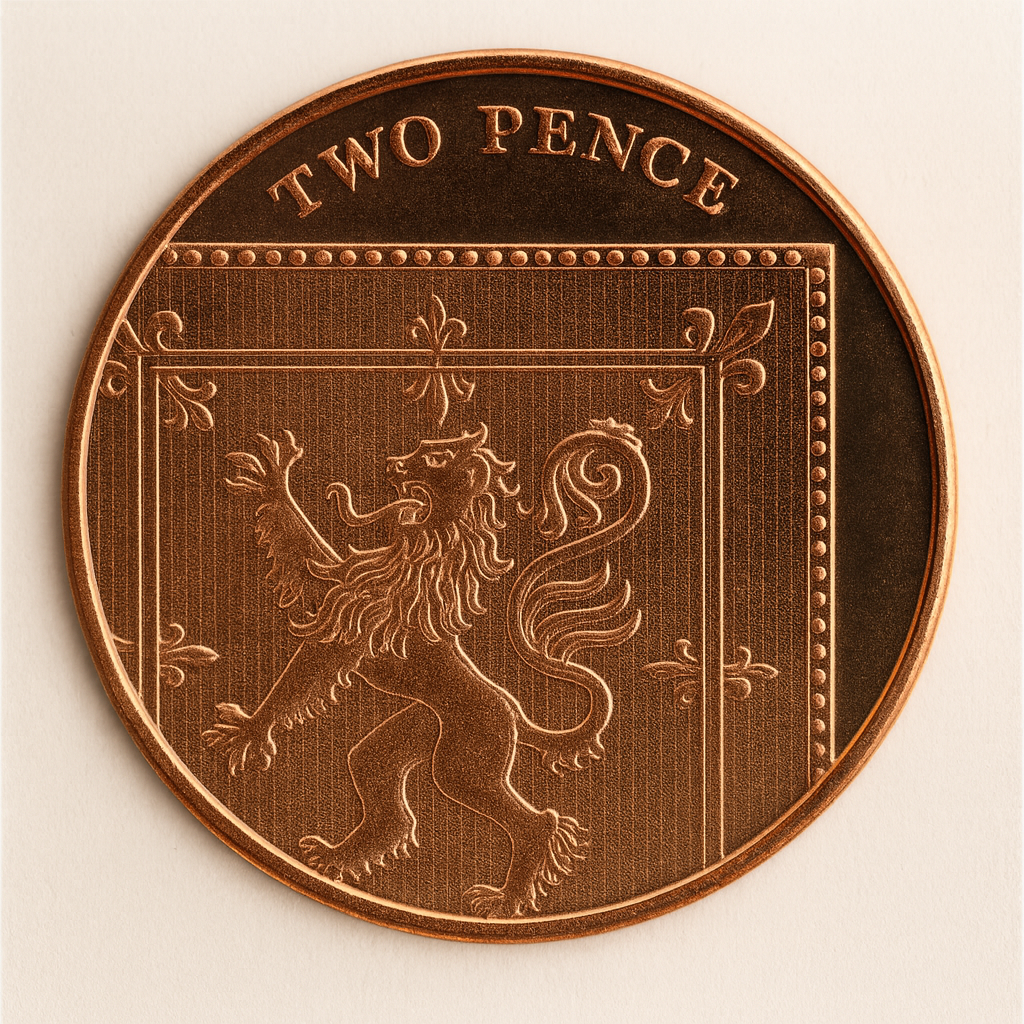
The chancellor’s proposed income tax shuffle is clever accountancy but toxic politics — a pledge-break disguised as fiscal discipline, and proof that Labour has trapped itself in rules it cannot escape.
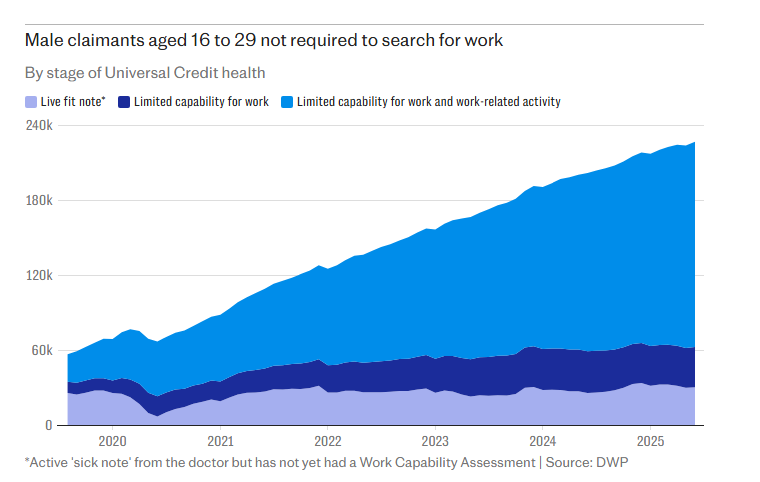
More than 200,000 young men aren’t “signed off for life”—they are the reserve army of labour, conscripted into the Telegraph’s morality tale to prepare the ground for austerity.

David Frost calls it a new “Red Terror.” The truth is plainer: it’s the Right’s wars, coups and crackdowns that have spilt the deepest blood in politics.
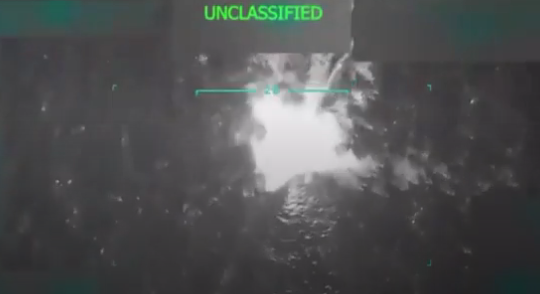
Trump’s latest “kinetic strike” killed three unknown Venezuelans he labelled “narco-terrorists.” The phrase is not law but incantation, a word that strips away humanity and legitimises killing. From Vietnam body counts to Obama’s “signature strikes,” America has always named its enemies into existence, and into death.
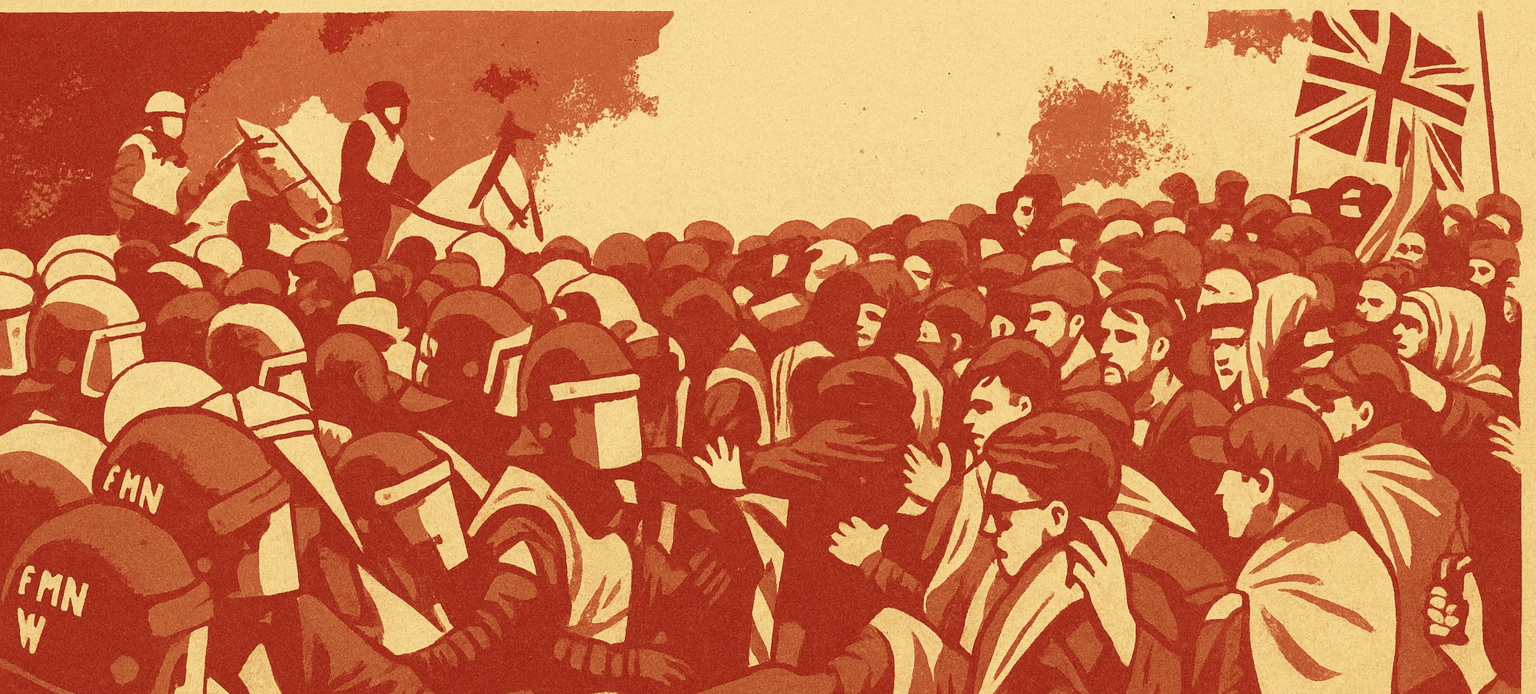
To call Robinson’s rally “populist” or “right-wing” is to miss the point. Fascism doesn’t require every marcher to be a coherent ideologue; it requires a mass, a scapegoat, and leaders prepared to turn grievance into violence. That is what we saw in London.

The events of Saturday (13/09) prove that Britain can go fascist. Musk calls for violence, the Telegraph and Times launder his words, and Starmer clings to the flag. We must name the danger or watch it grow.
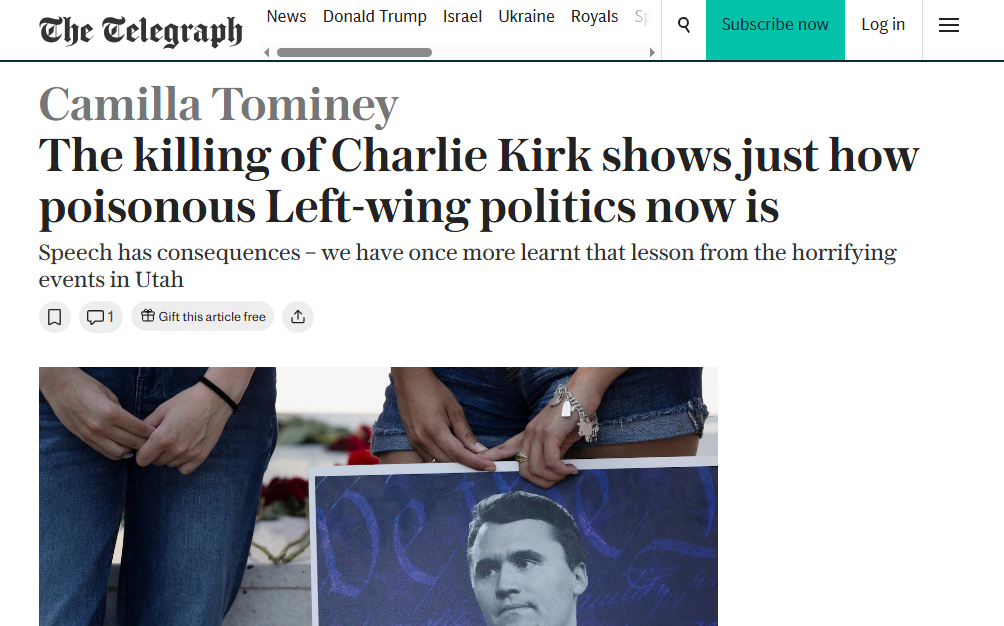
Camilla Tominey’s sainthood act for Charlie Kirk trades politics for piety. The Right already owns the machinery (press, finance, courts, police) and Kirk was part of the drive shaft. A death certificate doesn’t wash clean a career built on making violence respectable.

The bullet missed, but the image hit. And it’s the image that rules now. Trump, mid-stumble, hand to ear, flanked by agents in suits. It has already been cropped, filtered, multiplied. Not just a moment, but a message: the strongman under fire, the martyr made live. The spectacle doesn’t distract from the violence; it packages it. Sells it. Projects it across TVs, phones, and tablets until belief hardens into doctrine. This is what power looks like in the age of algorithmic memory: not stability, but survival on camera.

The ICE raid at Home Depot isn’t law enforcement. This is performance of sovereignty. Armed agents posing in camo and Kevlar to detain migrant day labourers is not about public safety, but about staging dominance. It’s capitalism enforcing its border through spectacle: a theatre of control, broadcast from a retail car park, where labour is criminalised and militarism is aestheticised. This isn’t about stopping migration. It’s about punishing poverty and reassuring power.

Europeana is what happens when history loses faith in its own narrative. Part bureaucratic fever dream, part Adam Curtis montage, it recites the atrocities and absurdities of the twentieth century in a tone so flat it becomes damning.
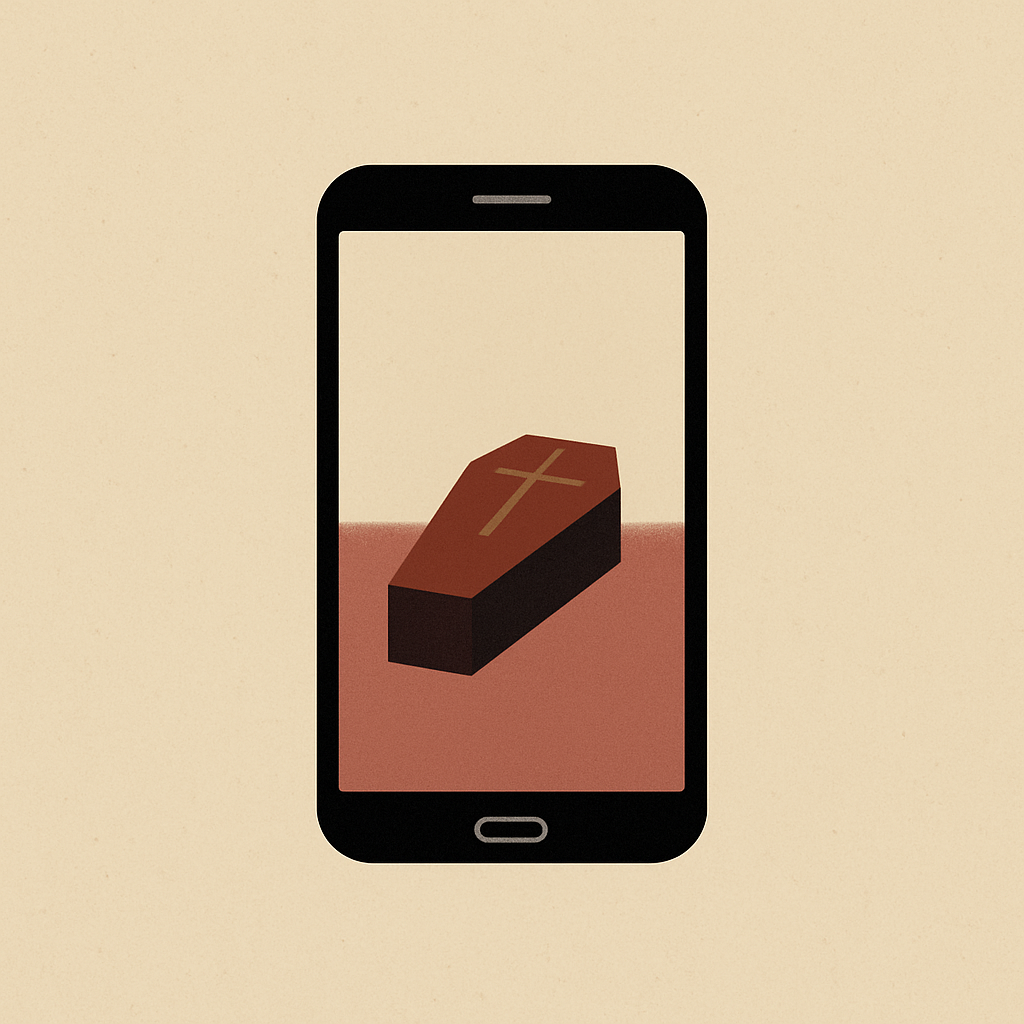
In the society of the spectacle, even death must pose for the camera, and what is buried is not only the body but the last fragile hope that anything might remain untouched by the churn of images

From the cult-like following of visionaries like Elon Musk to the polarising influence of figures such as Donald Trump, we explore how the digital age’s most prominent personalities contribute to and thrive within the ever-evolving spectacle that captivates and divides our global society.

The realm of the spectacle is a treacherous landscape, where commodities distort truth and opinions manipulate desires. The United Kingdom’s decision to wage war in Iraq stands as a chilling testament to this phenomenon. In this post, we will explore how words and images were craftily deployed to create a mirage of deception and illusion, justifying the invasion. We will delve into the roles played by key figures like Tony Blair and Alastair Campbell, as well as the influence of the neoconservative agenda, in shaping this narrative. In the end, the consequences of this sinister dance between truth and spectacle emerge from the shadows, providing a harrowing reminder of the dangers of succumbing to the allure of falsehoods and manipulation.

Using Guy Debord’s concept of the spectacle to examine imperialism.